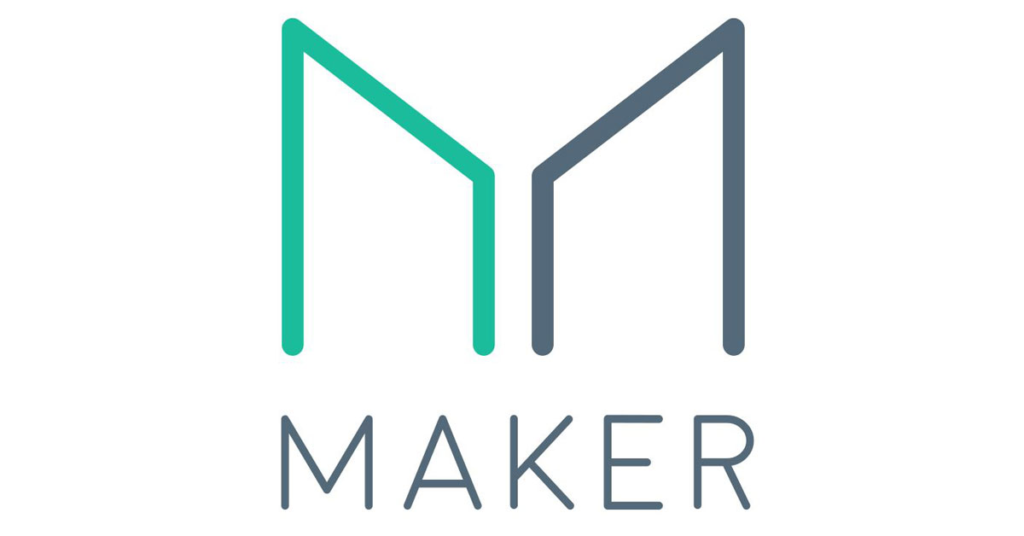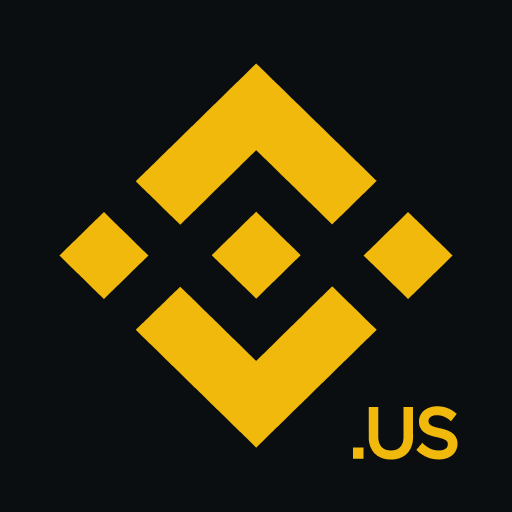The U.S. banned fictitious trading nearly a century ago, but the Securities and Exchange Commission (SEC ) has accused BinanceUS, a U.S. subsidiary of Binance, of using the practice to artificially inflate trading volumes on its platform.
According to U.S. regulators, over 70% of the crypto-currency’s trading volume (no ticker provided) was the result of trading operations conducted by accounts hosted by Sigma Chain, a senior employee, and the Zhao Changpeng account the day after BinanceUS opened. Sigma Chain, named in the original SEC filing, is a Swiss trading company operated by CZ.
A BinanceUS spokesperson disputed the facts, citing SEC misunderstandings.
“We firmly believe that the SEC’s allegations regarding wash trading are entirely unfounded and based on a fundamental misunderstanding of the facts and misapplication of existing law.”
According to an internal document obtained by the Wall Street Journal, when $70,000 worth of BTC was traded in the first hour of the BinanceUS opening, Zhao Changpeng said it was probably an insider deal, “we think it was us”.
Wash Trading
In addition, a senior manager reportedly sent a letter to Catherine Corey, then CEO of BinanceUS, warning that the entity responsible for matching transactions on the platform was not preventing users from “trading with themselves”. Later, another employee also reported the possibility of in-house wash trading.
“Apparently we have nothing in place to prevent wash trading? I’ve tested it myself, I sold a market order in my own buy order.”
A second spokesman also categorically denied the allegations.
” BinanceUS does not engage in and does not condone wash trading, which is a violation of our terms of use, and never has. Binance has a dedicated market surveillance team that is responsible for reviewing surveillance related to potential abusive and/or manipulative behavior, including wash trading and trade price manipulation.”
One study found that wash trading could have generated over $6 trillion in trading volume across all exchanges by the first quarter of 2020. However, according to the same research, Coinbase is one of the only US-based crypto-currency exchanges that doesn’t rely on this practice.
Ripple takes an interest in the UK

Ripple (XRP) recently made headlines by winning its battle with the Securities and Exchange Commission (SEC), but the conflict is far from over. Following this second-place finish, the company applied for registration as a digital asset provider in the UK, according to a comment shared by a Ripple spokesperson with a colleague at Cointelegraph.
In addition to this approach to the Financial Conduct Authority (FCA), it is also reported that the company is seeking a license in Ireland “as part of a larger regional investment”. However, the purpose and rationale of these different approaches have not been reported.
Note that the UK enjoys some popularity among players in the crypto-currency ecosystem due to persistent regulatory ambiguity in the US. And for good reason. The country was recently designated by investment fund Andreessen Horowitz (a16z) as its first office outside the US, and Coinbase CEO Brian Armstrong met with local authorities last spring to discuss regulation.
What’s more, Ripple CEO Brad Garlinghouse appeared in court this weekend, accusing Ripple of creating this chaos by announcing it was the crypto-currency beat police.
After reaching $0.94 ten years ago, the price of XRP has corrected slightly since then, and at the time of writing, the asset is trading at just under $0.70, ranking fifth among the largest crypto-currency caps.
The launch of Worldcoin (WLD)

As explained in the introduction to the Worldcoin project, the WLD token mainly supports identity and financial networks. This means that network users must be reliably identified to promote financial inclusion as far as possible. The project combines blockchain, artificial intelligence and biometrics to become one of the pillars of tomorrow’s web.
To access this payment network, users must undergo a retinal scan to obtain a trusted digital fingerprint to prevent the creation of fake accounts. This is one of the points often criticized by Worldcoin‘s detractors. In fact, some consider the use of biometrics to access financial services to be dystopian.
Once the iris is scanned, the user receives a “World ID” or digital passport and a crypto-currency known as the famous WorldCoin token, or WLD for short. This is another criticism of the project, which relies on greed to collect biometric data… particularly in the poorest countries, notably in Africa and Asia. What’s more, the real usefulness of TCD remains uncertain. TCD serves as a decoy, but I don’t know how it will support the economy built by the platform.
Will WLD live up to its promise of success?
Nevertheless, Sam Altman’s Titanic project has been launched and Worldcoin is available today. It will be listed on Binance in the next few hours. The initial open trading pairs are WLD/BTC and WLD/USDT. Of note: Due to the current uncertainty surrounding the regulation of crypto-currencies, WLD is not distributed in the USA.
Of course, we’ll have to wait hours or days to see where the TCD price stabilizes. CoinGecko currently estimates the price at around $2.53. Apart from today’s announcement, little information has been shared about the launch and timing of the token issue. All we know is that 10 billion WLDs will be available at some point.
This latest project from the inventor of ChatGPT clearly demonstrates his enthusiasm for technology at the intersection of artificial intelligence and blockchain. Will Worldcoin be the tool for financial liberation it hopes to be? First of all, we need to clarify the actual use and functionality of TCD.
Crypto of the week – Maker (MKR)

At first glance, Crypto Maker is a system for selling and mining Dai tokens. The principle is to reduce the volatility of Dai on the market. This involves departmental collateral positions or smart contracts via the CDP platform.
Before you can access the MakerDAO platform running on the Ethereum blockchain, you need to create a CDP.
Since then, I’ve paid off my debts and founded Dai. Maker works on the principle of Digital Autonomous Organizations (DAOs).
It’s an artificial intelligence that regulates users so they can stabilize their Dai chips.
With a Market Cap of €975,664,470, a price at €997.79 this week, the price has risen by 19.64%, taking it to 40th place in the CoinMarketCap ranking.
Don’t forget to read last week’s news!
This article is not investment advice. Do your own research before investing in the crypto currency market.

